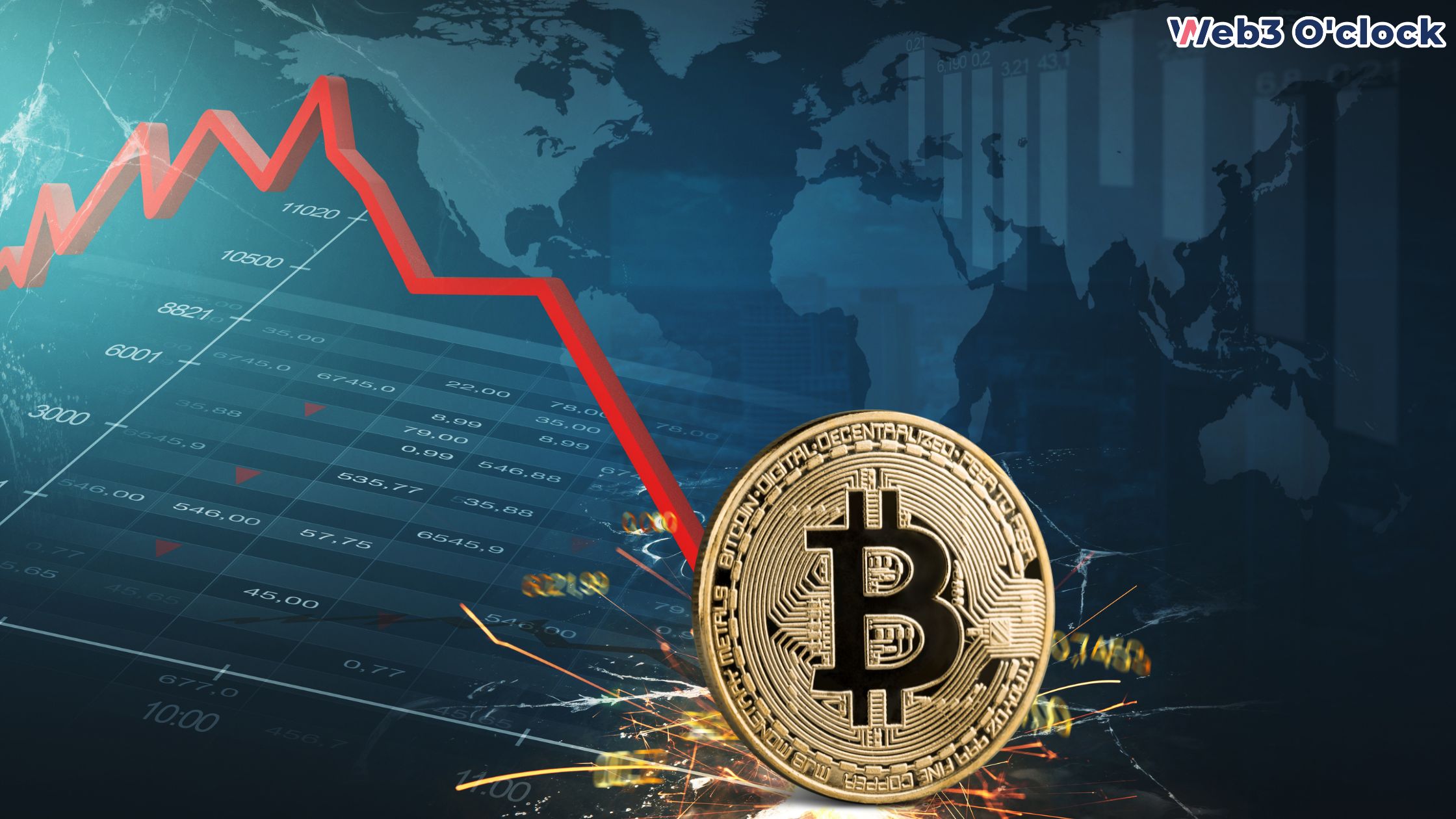The recent exploit at Curve Finance, a prominent decentralized finance (DeFi) giant, has not only led to a decrease in the price of its native token, CRV, but also put the founder, Michael Egorov’s $168 million lending position at risk of liquidation. This article delves into the potential consequences of such an event on the DeFi ecosystem as a whole.
The Vulnerable $168 Million Position
Data from blockchain analytics site DeBank reveals that Curve Finance’s founder, Michael Egorov, has a significant $168 million lending position secured by CRV tokens across various DeFi protocols. This amount represents nearly 34% of the total market capitalization of CRV.
Unfortunately, the exploit that occurred over the weekend resulted in a substantial 20% decline in CRV’s price, pushing Egorov closer to the threshold where his position would be liquidated. This forced liquidation would be a severe blow to Curve Finance, which had already suffered a significant exploit that drained $70 million from its users, causing a substantial withdrawal of funds as a precautionary measure.
Interconnected Risks in DeFi
Given the interconnected nature of the DeFi space, Egorov’s potential liquidation could have broader implications on other decentralized lending protocols and CRV’s price. CRV serves as a crucial trading pair and ballast in various trading pools across DeFi platforms, including popular ones like Sushi and Uniswap. Moreover, it is commonly used as collateral on loan-making platforms like Aave.
Egorov’s borrowing strategy is equally noteworthy, as he locked up $168 million in CRV tokens on Aave to take out a $63 million loan in Tether’s USDT stablecoin. His borrowings also include $17 million of the FRAX stablecoin using $32 million of CRV as collateral on Fraxlend, along with an $18 million loan on Abracadabra.
To shore up capital, Egorov has been selling the governance token for liquid staking leader Lido, LDO, for Circle’s USDC stablecoin. While these actions aim to manage risks, the situation has sparked questions within the crypto investing community about how a single individual managed to lend such a substantial portion of a prominent crypto token’s supply.
Systemic Risks and Safeguards
The situation has prompted discussions among investors and DeFi protocols about introducing safeguards to limit large positions like Egorov’s. The existence of such substantial borrowings can introduce systemic risk to the DeFi ecosystem. Implementing measures to prevent concentrated positions may help mitigate potential risks and ensure a more stable DeFi environment.
CRV’s Liquidation Compared to BTC and ETH
Data from Coinglass indicates that CRV’s total liquidations in the past 24 hours amount to $3.03 million, trailing behind major cryptocurrencies like Bitcoin (BTC) and Ethereum (ETH). This discrepancy highlights the significance of the risks Egorov’s position poses to the DeFi space.
Egorov’s Past Controversy
It is worth mentioning that Egorov faced criticism in 2020 for taking control of over two-thirds of a separate Curve voting token called veCRV, which is utilized for voting and submitting proposals on CurveDAO. He later apologized for this move, explaining that it was a reaction to a perceived takeover attempt from rival platform Yearn.Finance.
Conclusion
The exploit at Curve Finance and the subsequent decline in CRV’s price have put the founder, Michael Egorov’s $168 million lending position at risk of liquidation. The potential forced liquidation could have significant implications for the DeFi ecosystem, given CRV’s interconnectedness and its role as collateral in various DeFi platforms. This situation has raised concerns about concentrated positions and systemic risks in DeFi, prompting discussions about the need for safeguards to ensure a more stable and secure DeFi environment. As the DeFi space evolves, it is crucial for participants to implement measures that protect against potential vulnerabilities and maintain the integrity of the ecosystem.
FAQs
1. What is the significance of Curve Finance founder Michael Egorov’s $168 million lending position in the DeFi ecosystem?
Michael Egorov, the founder of Curve Finance, has a substantial $168 million lending position secured by CRV tokens across various DeFi protocols. This amount represents nearly 34% of the total market capitalization of CRV. The significance of this position lies in the potential risk it poses to the DeFi ecosystem, as a forced liquidation of Egorov’s holdings could lead to selling assets into a market where prices are already falling. The interconnected nature of DeFi means that such a liquidation could also put pressure on other decentralized lending protocols and impact CRV’s price, which plays a vital role as a trading pair and collateral in many DeFi platforms.
2. How did the exploit at Curve Finance impact the risks associated with Michael Egorov’s $168 million lending position?
The recent exploit at Curve Finance resulted in a significant decline in the price of its native token, CRV. As a consequence, Michael Egorov’s lending position, which is secured by CRV tokens, is now at greater risk of liquidation. The decrease in CRV’s price brought Egorov closer to the liquidation threshold. A forced liquidation would not only be a serious blow to Curve Finance but could also have broader implications across the DeFi space, given the importance of CRV in various trading pools and lending platforms.
3. Are there measures being considered to address the risks posed by concentrated lending positions in DeFi, such as Egorov’s $168 million stash?
The potential risks associated with large and concentrated lending positions like Michael Egorov’s $168 million stash have raised concerns within the DeFi community. As a result, discussions are underway about implementing safeguards to limit such positions and mitigate systemic risks in the DeFi ecosystem. By introducing measures to prevent excessive concentration of assets, DeFi protocols like Aave and others can help ensure a more stable and secure environment for all participants. As the DeFi space evolves and learns from past experiences, addressing these risks becomes crucial to maintaining the long-term sustainability of decentralized finance.











